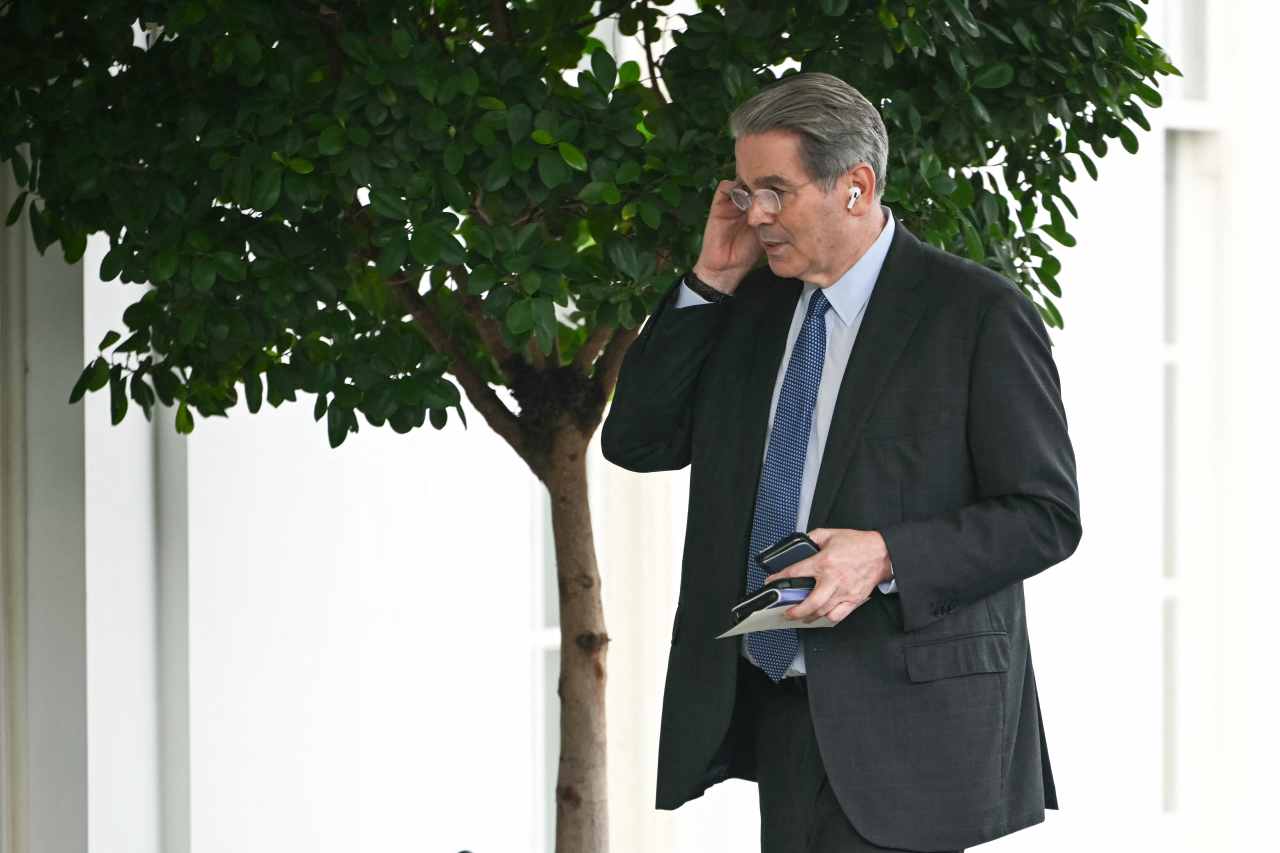Treasury’s Aggressive Debt Repurchasing Technique Sparks Considerations Over Unintended Penalties
July 17, 2025 — Wall Avenue is on edge because the U.S. Treasury ramps up its bond buyback program to curb hovering 10-year Treasury yields, which hit 4.61% on July 16, 2025, the best since February, amid fears of inflation pushed by President Donald Trump’s tariff insurance policies. The Treasury’s current $10 billion buyback operation on June 3, 2025—the most important in historical past—indicators a daring push to stabilize yields, however analysts warn the technique may backfire, probably exacerbating market volatility and inflation dangers.
The Treasury, led by Secretary Scott Bessent, goals to decrease borrowing prices by repurchasing off-the-run securities with increased yields and changing them with lower-yield debt. This system, relaunched in 2024 after a two-decade hiatus, targets liquidity help and money administration, with $30 billion allotted quarterly for liquidity and $120 billion yearly for money administration. A July 3 buyback absorbed $10 billion of bonds maturing between July 2025 and Might 2027, with bids totaling $22.87 billion, reflecting robust market participation.
Nonetheless, posts on X and skilled analyses spotlight issues that buybacks might gasoline inflation by injecting liquidity into markets, particularly if perceived as “QE-lite.” One X person famous, “Treasury begins buybacks to slam long-term yields… Appears to be like believable now,” however warned of rising time period premia if the Federal Reserve cuts charges into an inflating financial system. UBS analyst John Cloherty cautioned that buybacks might not present sustained aid, as sellers might hesitate to carry illiquid securities if buyback schedules are too rare, probably worsening liquidity throughout shocks.
The ten-year yield’s volatility, spiking from 3.9% to 4.61% since early April, displays market unease over Trump’s tariffs, which have pushed inflation fears and a steeper yield curve. A Reuters report famous that Bessent’s deal with decreasing yields diverges from Trump’s first-term emphasis on inventory market positive factors, however rising yields complicate the administration’s objective of managing $1 trillion in annual curiosity funds. A Brookings evaluation warned that tariffs may maintain excessive yields by fueling inflation, decreasing the effectiveness of buybacks.
Historic information from the 2000-2002 buyback program suggests restricted yield affect, with every $10 billion in purchases elevating yields by 7.8 foundation factors as a result of diminished bond provide. Present buybacks, unfold throughout various maturities, might have even smaller results except concentrated, however this dangers distorting particular maturity buckets. An IMF research discovered that current buybacks narrowed bid-ask spreads and boosted costs for focused securities, however the scale stays too small to considerably transfer the $36.5 trillion debt market.
Critics argue the Treasury’s strategy may sign fiscal pressure, particularly with the federal deficit projected to widen below new GOP tax and spending insurance policies. If overseas traders, notably China, cut back Treasury holdings amid commerce tensions, yields may rise additional, counteracting buyback efforts. For now, Wall Avenue stays skeptical, with Goldman Sachs noting that company buybacks, projected at $1.07 trillion in 2025, might overshadow Treasury efforts in influencing broader markets.
For extra, go to Bloomberg.
